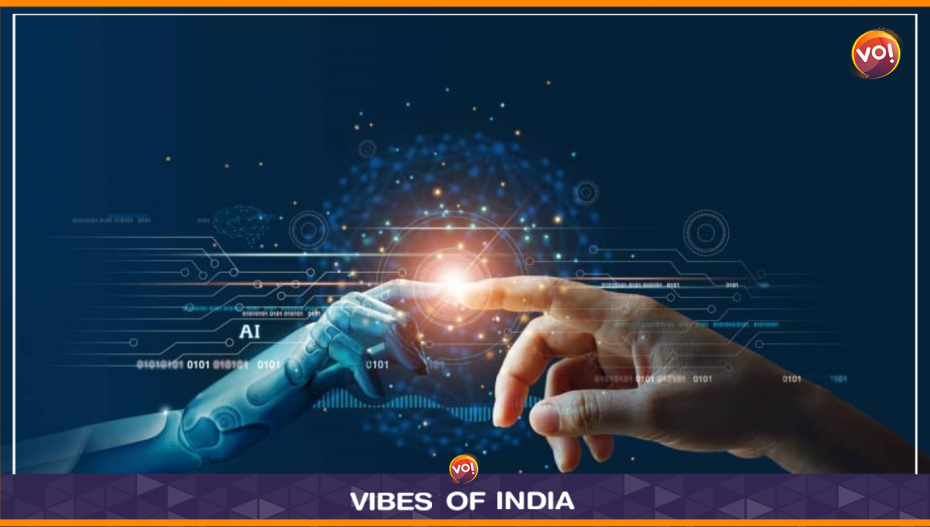Have you heard of Lil Miquela? She is an Instagram influencer with over 3 million followers. She is not a person, but rather a creation of computers and artificial intelligence.
Virtual influencers are computer-generated characters who exist only online. They have personalities, fashion sense, interests, backstories, and social media presence just like any other human influencer. Such AI-powered digital personas are quickly becoming a powerful marketing tool, providing a unique blend of creativity, flexibility, and engagement.
Several factors have contributed to the rise of virtual influencers. AI allows virtual influencers to learn and adapt to their audience in ways that human influencers cannot. They can also be programmed to create content much faster than humans, making them an appealing option for businesses looking to consistently produce high-quality content.
As a result, there is a greater need for influencers who can effectively promote products and services. Virtual influencers can be meticulously crafted with the help of AI to align with a brand’s image, values, and target demographic.
Furthermore, virtual influencers provide an unrivalled level of creative freedom. Brands can collaborate closely with designers and developers to create tailored content that is perfectly aligned with their marketing goals.
Virtual influencers, of course, have their own set of challenges. One of the most important is ensuring that virtual influencers do not blur the line between fantasy and reality. It can be difficult to tell what is real and what is generated by a computer, which can be problematic if virtual influencers are used to promote unrealistic beauty standards or other harmful messages. There’s also the issue of ownership and control to consider. Who is the virtual influencer’s owner? Who decides what they say and do? These are critical questions that must be addressed as the use of virtual influencers grows.
What Makes Virtual Influencers Such A Powerful Marketing Tool?
1. Unlike human influencers, virtual influencers are not limited by physical constraints or real-world logistics. This opens up a world of possibilities for content creation, brand collaborations, and visual aesthetics.
2. There are no travel expenses, booking fees, or other associated costs because they are entirely digital. As a result, they are an appealing option for both established brands and startups looking to make a splash in the digital space.
3: Because virtual influencers can easily cross cultural and linguistic barriers, they are an excellent choice for brands looking to broaden their global reach.
4. Virtual influencers, on the other hand, are carefully crafted and managed by their creators to ensure that they consistently align with the values and messaging of a brand.
The Effect on Job:
Virtual influencers have generated a lot of buzz and attention, but there is still a lot of debate about their impact on traditional jobs. Some argue that virtual influencers will eventually replace human influencers, resulting in job losses in the entertainment industry.
However, the rise of virtual influencers has also resulted in new jobs in animation, graphic design, and digital marketing. This includes AI and machine learning-focused artists, writers, and programmers. Companies that use virtual influencers must also hire marketing and social media specialists.
As technology advances, more jobs in the field of virtual influencers are likely to be created. Virtual influencers are an exciting new trend in content creation overall, it is difficult to predict the exact impact of virtual influencers on the job market today, but they will continue to be a hot topic in the coming years.
Also Read: WSJ Reporter Detained On Espionage Charges In Russia













